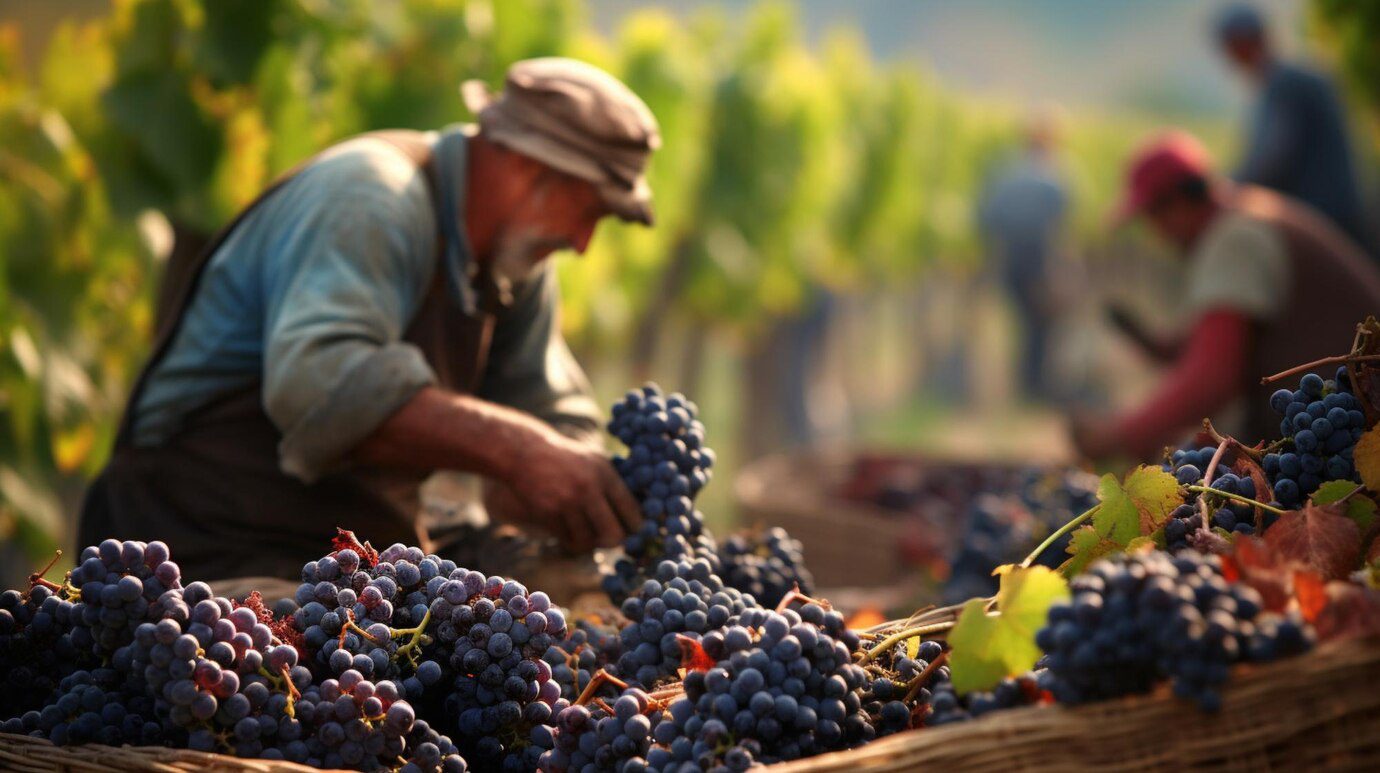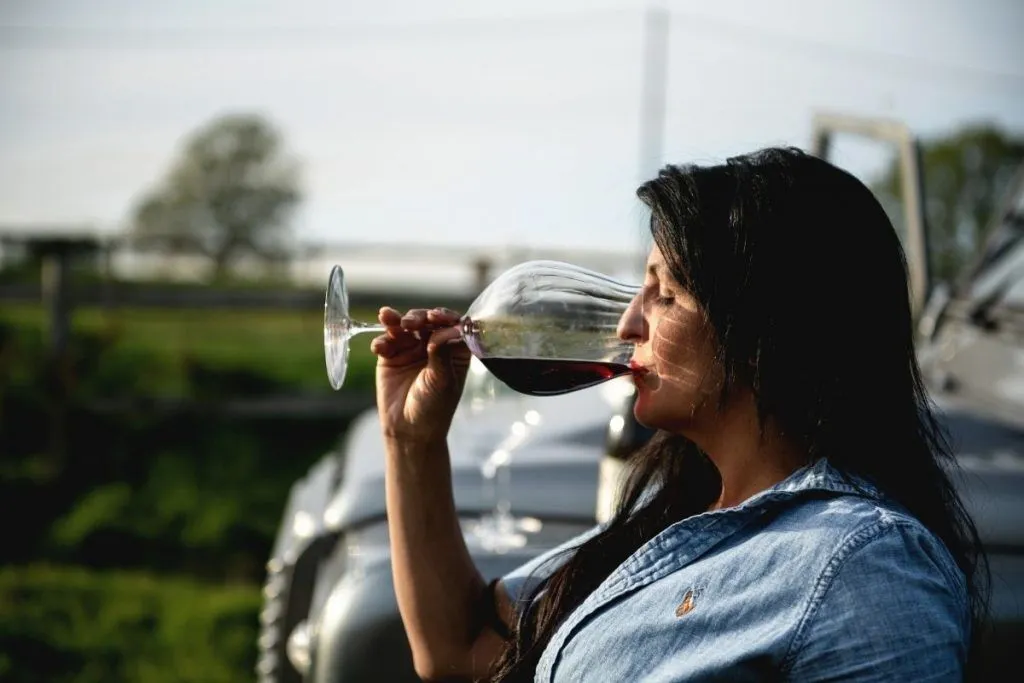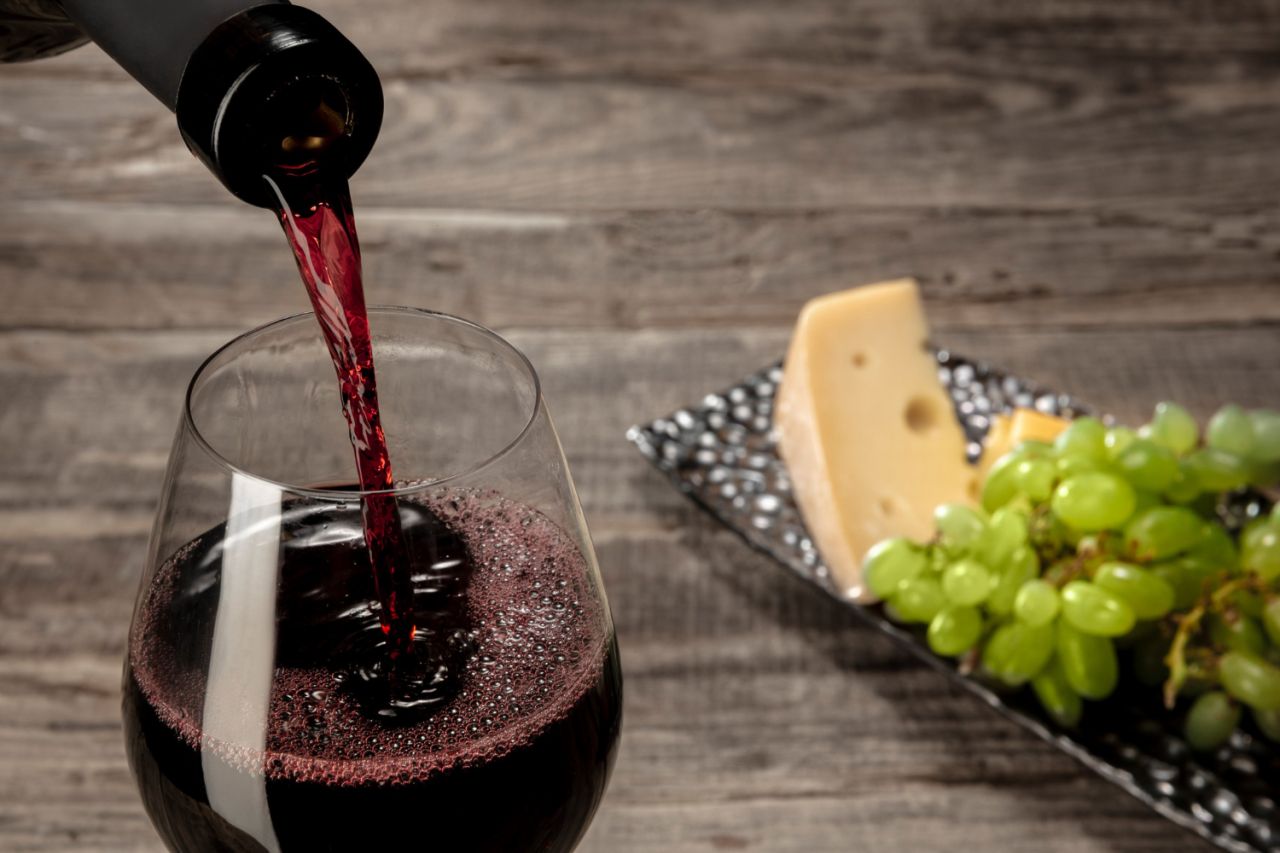Wine production is a fascinating blend of agricultural science, biochemical reactions, and artisanal craftsmanship that transforms ordinary grapes into complex beverages enjoyed worldwide. The journey from vineyard to bottle involves multiple carefully managed stages including harvesting, fermentation, aging, and bottling, each contributing unique characteristics to the final product.

Key Takeaways
- It takes approximately 600-800 grapes to produce a standard 750ml bottle of wine
- The timing of harvest is crucial for determining sugar levels, acidity, and eventual alcohol content
- Red wines ferment with grape skins while white wines are pressed immediately, creating fundamental differences
- Fermentation temperature significantly impacts flavor development, with reds fermenting warmer than whites
- Aging vessels (oak, stainless steel) and duration create distinct flavor profiles in the finished wine
The Harvesting Process
The winemaking journey begins in the vineyard with the critical decision of when to harvest. Winemakers meticulously test grape ripeness by measuring sugar content (Brix), pH levels, and acidity. For premium wines, hand harvesting is often preferred over mechanical methods to prevent berry damage and allow for selective picking. In warmer regions like Napa Valley, grapes typically reach 24-26° Brix, indicating potential alcohol levels around 14%. Harvest timing creates the foundation for everything that follows. White wine grapes are typically harvested earlier to maintain higher acidity, while red varieties often stay on the vine longer to develop deeper flavors and color compounds. The 600-800 grapes needed for a single bottle must be picked at precisely the right moment to achieve the desired balance.
Crushing and Destemming
Once harvested, grapes proceed to crushing and destemming. This stage marks a key point where red and white wine production begin to diverge significantly. Destemming removes the bitter stems from the grape clusters, though some high-end red wines retain 10-30% of stems for additional structure and complexity. Modern pneumatic presses apply carefully controlled pressure (1-2 bar) to extract juice while avoiding harsh seed tannins. For white wines, pressing happens immediately to separate juice from skins before fermentation. In contrast, red wines ferment with their skins for 5-30 days to extract color compounds (anthocyanins) and texture-building polyphenols. This fundamental difference in skin contact duration creates the color distinction between reds and whites.The Fermentation Process
Fermentation transforms grape juice into wine as yeasts convert sugars into alcohol and carbon dioxide. Commercial strains of Saccharomyces cerevisiae handle about 90% of fermentations, though some winemakers prefer wild yeast for unique flavors despite the unpredictability. Temperature control during this stage is crucial:- Red wines: Fermented at 70-85°F for optimal color and tannin extraction
- White wines: Fermented cooler at 45-60°F to preserve delicate aromas
Aging: Developing Complexity
After fermentation, wine enters the aging phase, which can last from a few months to many years depending on style. The aging vessel significantly influences flavor development:- French oak: Imparts vanilla and spice notes
- American oak: Adds coconut and sweet wood flavors
- Stainless steel: Preserves fruit character without oak influence
- Concrete or clay: Provides oxygen exchange without adding flavors





